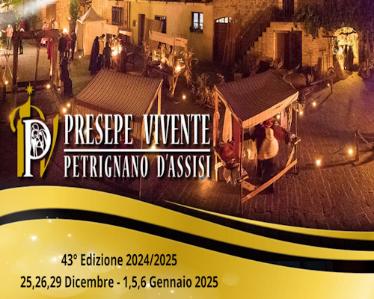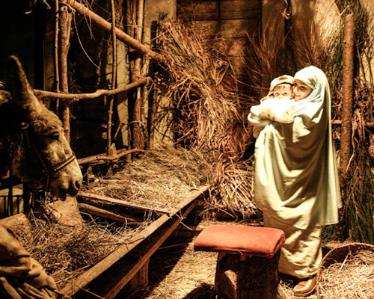Assisi is located in central-eastern Umbria, nestled on the slopes of Mt. Subasio, overlooking the plain formed by the Topino and Chiascio rivers, tributaries of the Tiber.
It is the birthplace of St. Francis and St. Clare, and it has become famous throughout the world as a universal center for the Franciscan message of peace and brotherhood. Built in the typical pink stone from Mt. Subasio, Assisi lives in and shares with visitors its atmosphere of profound spirituality made unique in all the world by the history and faith of its saints.
HISTORY
Founded by the ancient Umbrians, Assisi was later taken over by the Etruscans. In the 1st century BC it became an important Roman municipium. In 545 AD it was attacked by the Goths led by Totila; they were succeeded by the Lombards, who incorporated it into the Duchy of Spoleto.
In the 12th century it acquired the privileges of an independent commune, but could not hold on to its independence for long: political and military instability continued until the 16th century, when, after various rules (the papacy, the Visconti, Braccio Fortebraccio and Francesco Sforza), Assisi became part of the Papal States and, except for the brief Napoleonic period, it remained under the rule of the pope until 1860, with the birth of the Italian state.
ART, CULTURE, ENVIRONMENT
In the year 2000, Assisi, together with its historic center, the Basilica of St. Francis and other Franciscan sites, and almost the entire municipal territory, was declared part of the World Heritage of Mankind by UNESCO.
Among the many monuments that make Assisi one of the Italian tourist destinations most richly endowed with art are the Basilica of St. Francis, a cornerstone of world religious devotion, the Basilica of Santa Chiara, and the Romanesque Cathedral of San Rufino.
Standing on the main square are the Palazzo dei Priori, the 13th-century Palazzo del Capitano del Popolo with its Civic Tower, and the Temple of Minerva, a perfectly preserved Roman temple from the late Republican age (1st century BC).
Just outside the walls and dominating over the town is the superb Rocca Maggiore, a fortress built in 1367 by Cardinal Albornoz on top of an older structure (1174) from a feudal castle.
There are places connected with the life of St. Francis that can be visited in the immediate vicinity of Assisi, such as the Carceri Hermitage, set in a thick wood on the slopes of Mt. Subasio, the Convent of San Damiano, the imposing Basilica of Santa Maria degli Angeli, built between 1569 and 1679 to protect the Porziuncola, the tiny church that welcomed the first community of Franciscans, and the Chapel of the Transito, where St. Francis died on 4 October 1226.
For nature lovers, there is the beautiful Mt. Subasio Regional Park, established to protect an area of great environmental value and permeated with a mystical atmosphere.
Intermodality:
from 1 July 2022, Perugia Airlink is active (attached) in collaboration with Trenitalia. The new dedicated service connects the cities of Perugia and Assisi to the "San Francesco d'Assisi" International Airport of Umbria in a quick, convenient and sustainable way.































